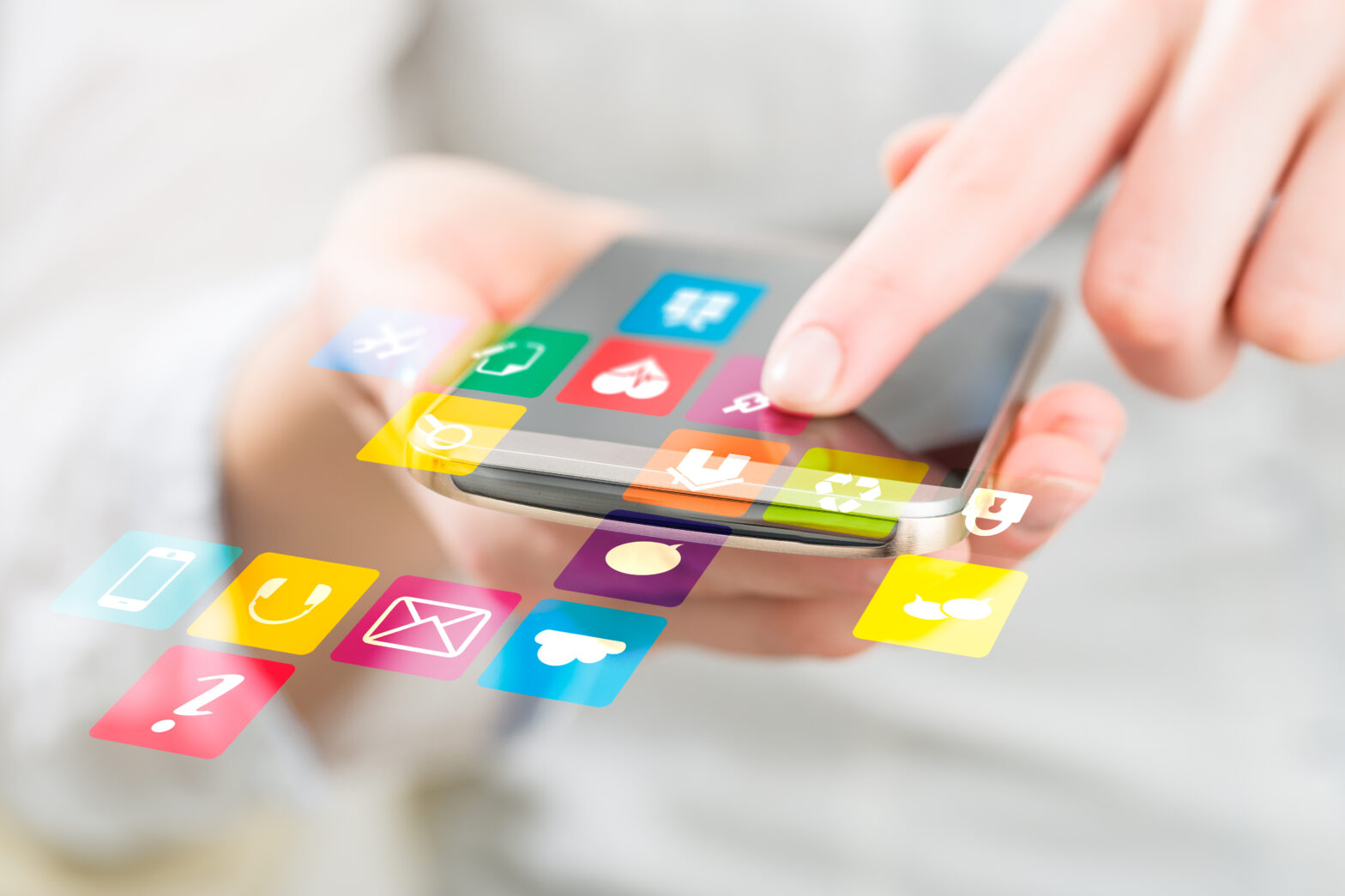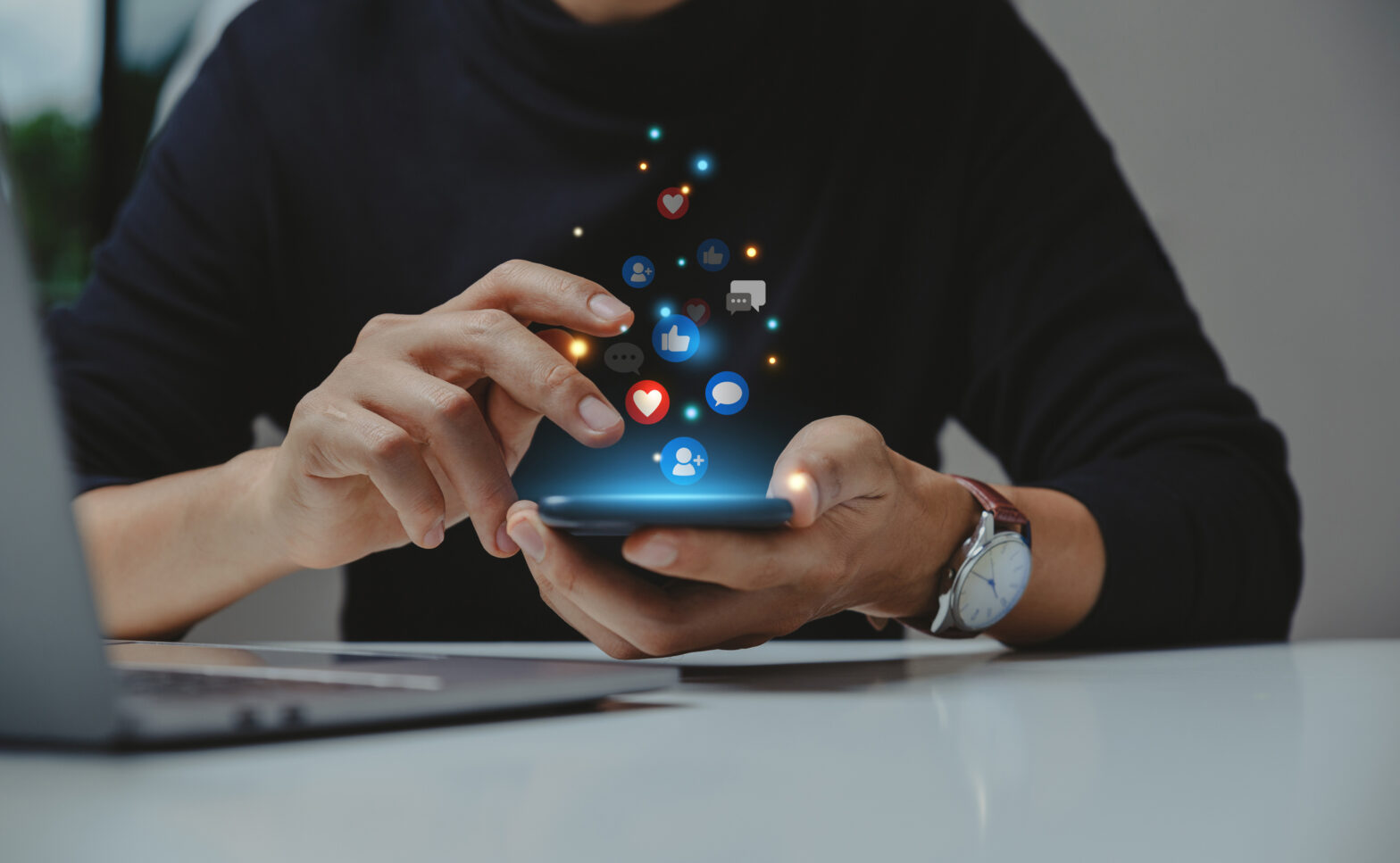Saying that social media has had an enormous impact in today’s digital marketing landscape would be an understatement. There are now more than 2.3 billion active social media users and more than 1.9 billion active mobile social users worldwide. Eight in ten of all marketers have caught on to this growing demographic, and are actively taking advantage of social media marketing to increase sales and boost brand identity.
Here are the top eight social media trends you need to keep an eye on this year.
1. Live streaming video
From Periscope to Instagram Stories, live streaming is now one of the hottest mediums for content creators. 48 per cent of all marketers are catching on to this trend, reportedly adding YouTube to their content strategy.
YouTube has dominated the internet video space for over a decade now, and counts nearly one-third of all active internet users in the world as users.
Consumers now expect to see video as part of the content mix of most brands, whether on official websites or on social media. That means if you’re not using video now, some of your customers may already be wondering why you aren’t doing it, when your competitors probably are.
2. Chatbots
A recent report from Oracle expects 80 per cent of brands to be using chatbots by 2020. With the increase in use of messenger apps, customers are also getting more comfortable engaging with a chatbot in an interface they are familiar with. Customer experience is one of the key battlegrounds in 2017 with 86 per cent of buyers willing to pay more for a better customer experience. This makes measuring and improving that experience hugely important to organisations through an automated system.
https://growthbusiness.co.uk/red-flag-poor-customer-service-costs-businesses-37bn-2549716/
3. Time-sensitive social content
With the rise of Snapchat, the idea of expiring social content has revolutionised communication, particularly among Generation Z users (those under the age of 22 this year). Yet, a recent study reveals that more than 30 per cent of brand accounts are dormant on Snapchat because brands lack the internal teams or budgets to produce the volume of content necessary on the platform.
4. Merging social media platforms
Over the years, Facebook has acquired Whatsapp, Instagram and Oculus Rift, while Twitter has acquired Periscope. With mergers and acquisitions prevalent in the world of social media, the onus is on brands to make the most of cross-promotions and cross-marketing.
5. Focus on organic social traffic
Gone are the days when timed social media posts would do the work for you. Now, algorithms on social media platforms have changed to make your posts virtually invisible unless you’d paid to promote them. Content is still king, as long as it is search engine optimised.
6. New technologies like virtual reality and augmented reality
As far as revolutionary games go, Pokemon Go certainly provided a tipping point for AR, prompting many brands and businesses to test this technology at a mass market level.
As an example, the world’s biggest FMCG brand, Unilever, recently invested in an augmented reality app primarily for marketing purposes. This moves suggests that even large brands see the value in placing brand engagement over brand awareness, putting control back in the hands of the consumer when it comes to marketing.
Manchester-based digital agency Code Computerlove recently surveyed 1,000 British adults to find out what they really think about trends like voice search, virtual reality, and chat-bots.
25 per cent said they are comfortable with virtual reality for watching video, playing games and exploring spaces, and around the same number said they had heard of both VR and AR but don’t really understand what they are. This reveals a great opportunity for brands to educated and engage consumers.
Related: Here are the top digital marketing trends for 2019
7. More personalised content
As the volume of products and services available online continues to grow, consumers are increasingly looking to brands for a more personalised experience. 80 per cent of 25 to 34 year olds interviewed in Rocket Fuel’s 2017 Consumer Perceptions of AI Survey stated that they see value in brands engaging them with personalised advertising and offers. Additionally, 62 per cent see the value of using AI to make suggestions on products or services that they might want based on their interest.
8. Maximising the reach of influencers
Influencer marketing generates twice the sales of paid advertising, as more consumers place an increasing level of trust on relatable personalities on social media for recommendations and reviews. Purchasing decisions are more often influenced by expert or thought leader recommendations than traditional advertising, and these recommendations are up to 50 times more likely to trigger a purchase. Making the most of influencers in your target market could take your brand a long way.
Check out the infographic from CJG Digital Marketing below for more.







